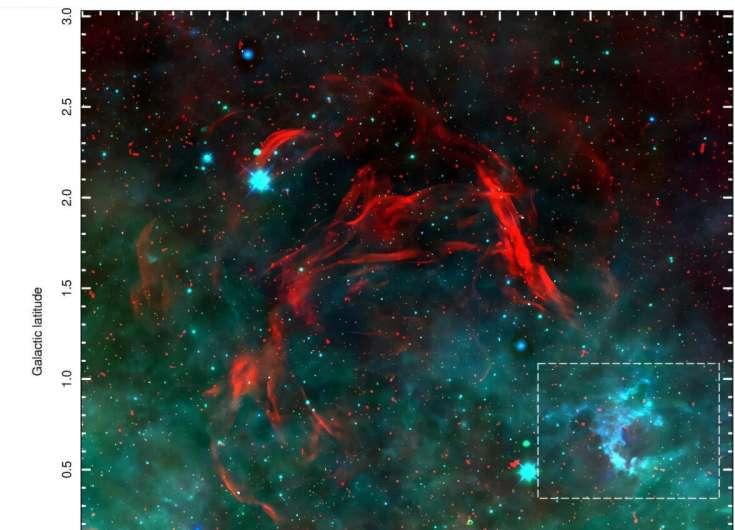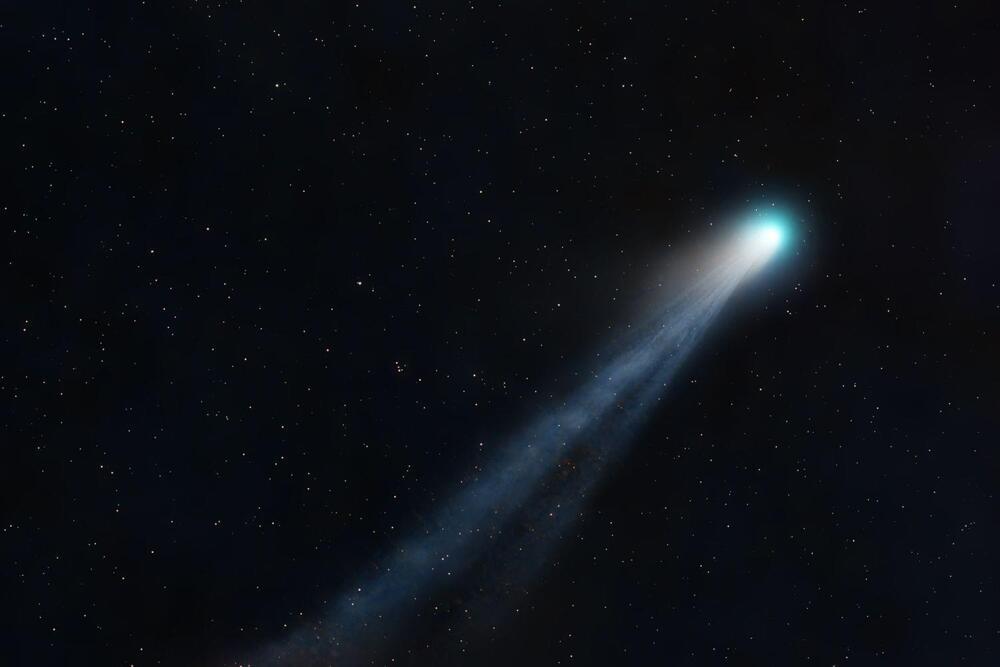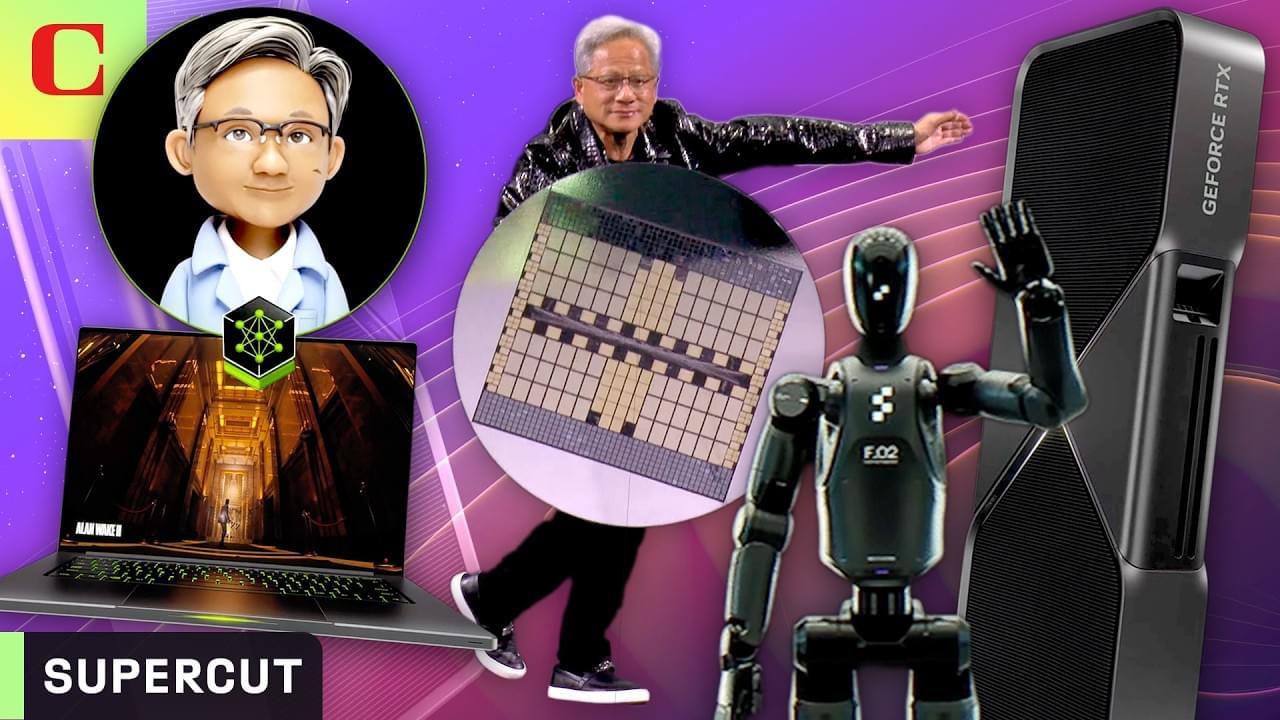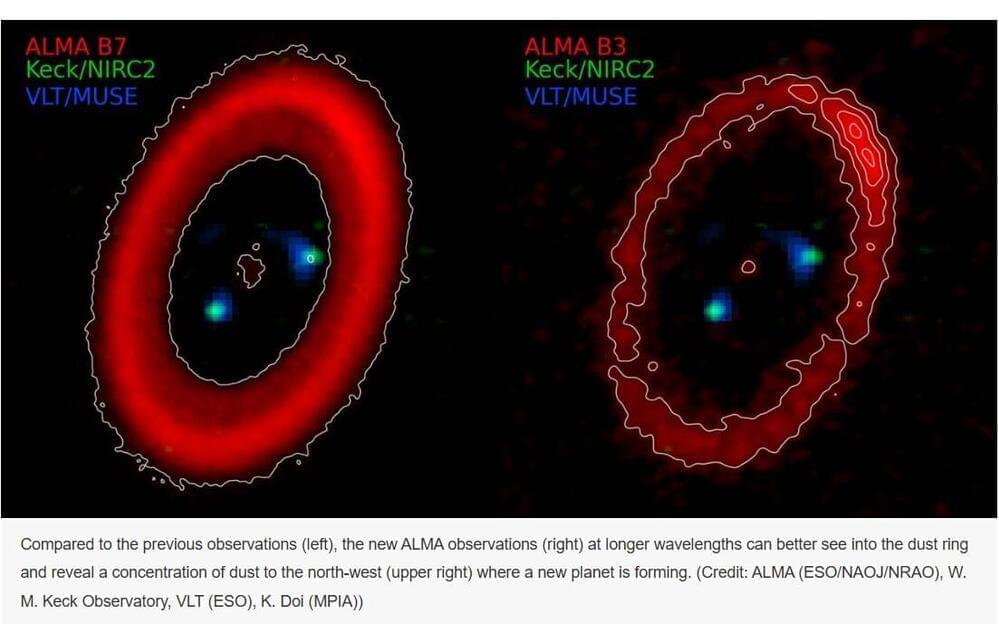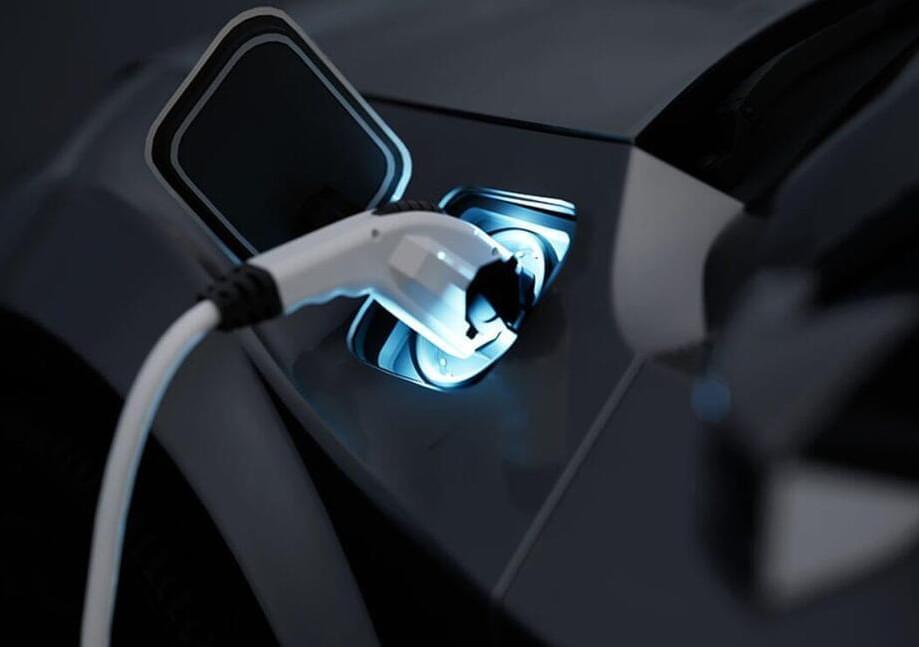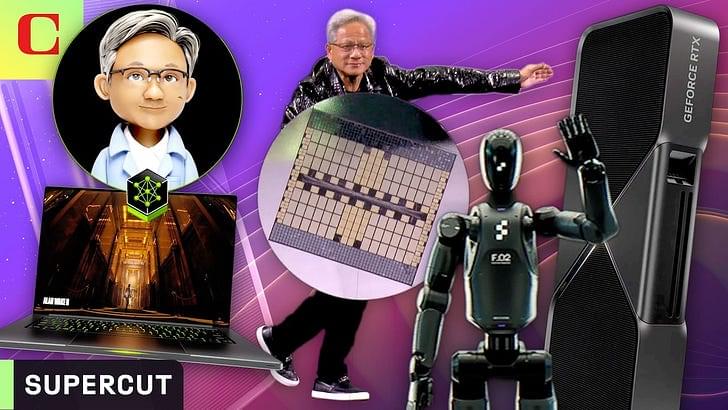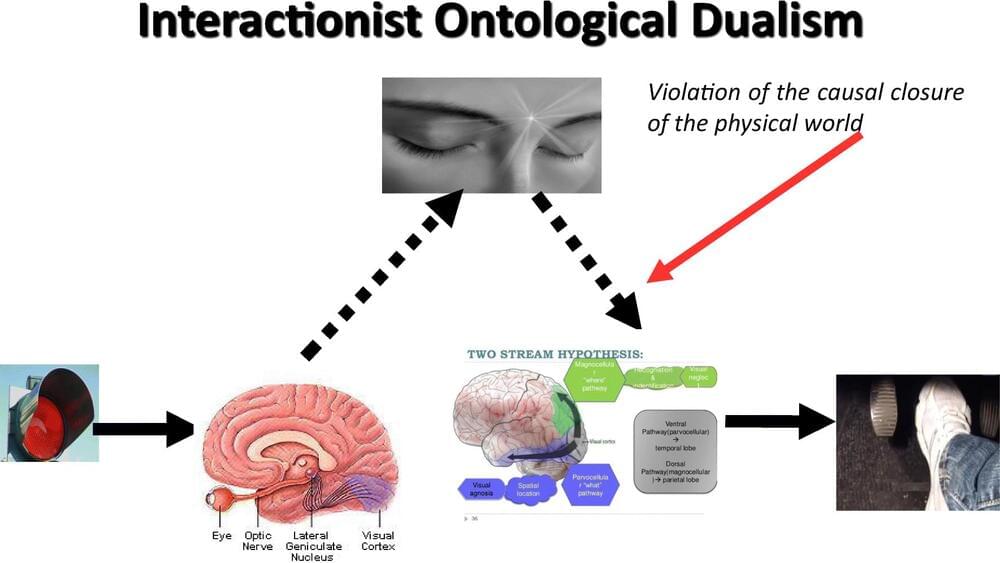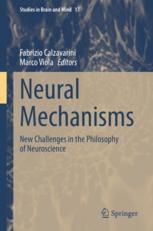Jan 7, 2025
Astronomers find massive supernova remnant closer than previously thought
Posted by Genevieve Klien in categories: cosmology, materials
An international team of astronomers have investigated a large Galactic supernova remnant designated G278.94+1.35. Results of the study, published Dec. 30 on the pre-print server arXiv, shed more light on the properties of this remnant.
Supernova remnants (SNRs) are diffuse, expanding structures resulting from a supernova explosion. They contain ejected material expanding from the explosion and other interstellar material that has been swept up by the passage of the shockwave from the exploded star.
G278.94+1.35 is a supernova remnant in the Milky Way, discovered in 1988. It has an estimated linear diameter of about 320 light years and its age is assumed to be about 1 million years. The distance to G278.94+1.35 is estimated to be some 8,800 light years.
